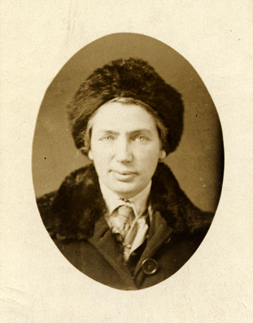Marguerite Milton Wells
…there must be a nucleus of people in each community who would carry a continuing responsibility for government and would give an intelligent and disinterested political leadership on issues as they arose. —
It is a political climate of late and I am always grateful to the League of Women Voters for their tireless and critical efforts to keep us informed, aware and exercising our hard won privilege to vote! A big shout out to you all today and this woman feels like just the right one to spotlight this month.
Marguerite Milton Wells was born on February 10, 1872 in Milwaukee, Wisconsin. At a very young age her family moved to the remotest corner of the Dakota Territories. It was here she grew and witnessed firsthand the creation of new towns and eventually a new state. She saw many strangers come together to create laws for this new state and their work for the community left a lasting impression on her and was the foundation for her fervent belief in democracy.
In 1895 Marguerite graduated from Smith College and began teaching, volunteering and serving on many boards of charitable organizations. With no explicable reason, one day in 1917 she simply resigned from every office she held and presented herself at the Minnesota Woman Suffrage Association to serve wherever needed and in whatever capacity.
She participated in the final battle for suffrage when Minnesota finally ratified the Nineteenth Amendment. While attending the National American Woman Suffrage Association Convention in St. Louis in 1919, Marguerite heard the presiding president, Carrie Chapman Catt, call for a new league to be formed to educate voters, particularly new ones. The result was the creation of the National League of Women Voters in 1920. Wells was the organizing force behind the formation of the league and took up its mission with gusto and directed its course over the next 25 years.


